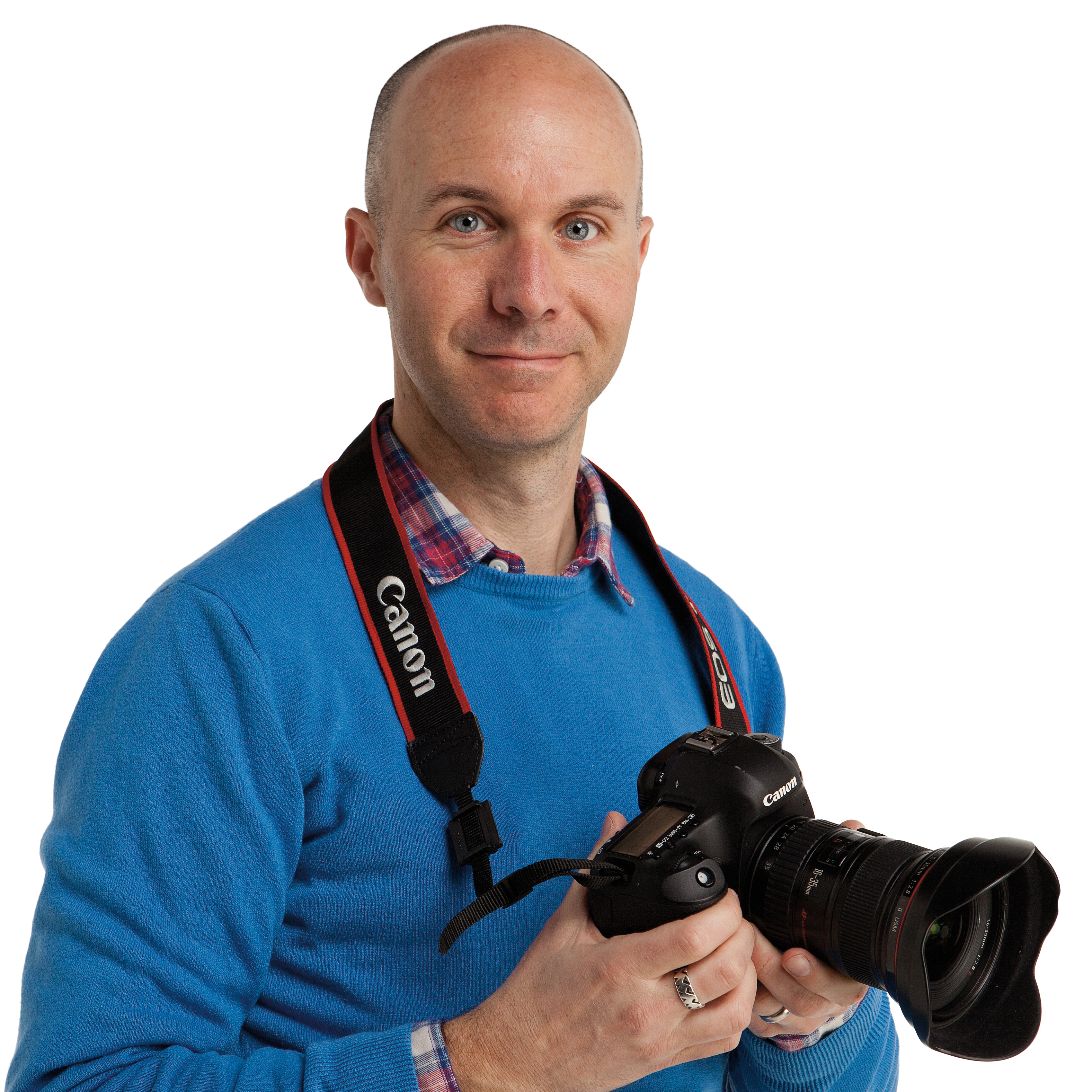Home photography ideas: Frame-filling flower shots with a zoom lens
You don't need a macro lens for close-up shots that fill the frame – your kit lens or telephoto zoom can do it, too!
Watch video: Home photography ideas – Frame-filling flowers with a zoom
Photography projects at home
• Home photography ideas
Useful home photography kit
• Best tripods
• Best lighting kits
• Best reflectors
• Best macro lenses
When shooting close-up images of flowers, you would usually reach straight for a macro lens. In this project, however, we're going to show that sometimes all you need is a zoom lens, which will enable you to focus close enough for frame-filling flower photos.
A zoom is great for other images in your garden, as we demonstrate in our project on how to use long lenses for floral photos, but here we're specifically looking at getting great close-up shots that fill your frame.
We're using the Canon EF 24-105mm f/4L IS USM lens at its telephoto end, and we've mounted it on a Canon EOS 7D. So, with the camera's 1.6x APS-C crop factor, the 105mm focal length becomes an effective focal length of nearly 170mm. The longer the focal length, the larger the flower will appear in your frame – and, combined with the wide f/5.6 aperture we used, creates a shallower depth of field to blur the background and make the flower stand out even more.
• 10 best online photography courses
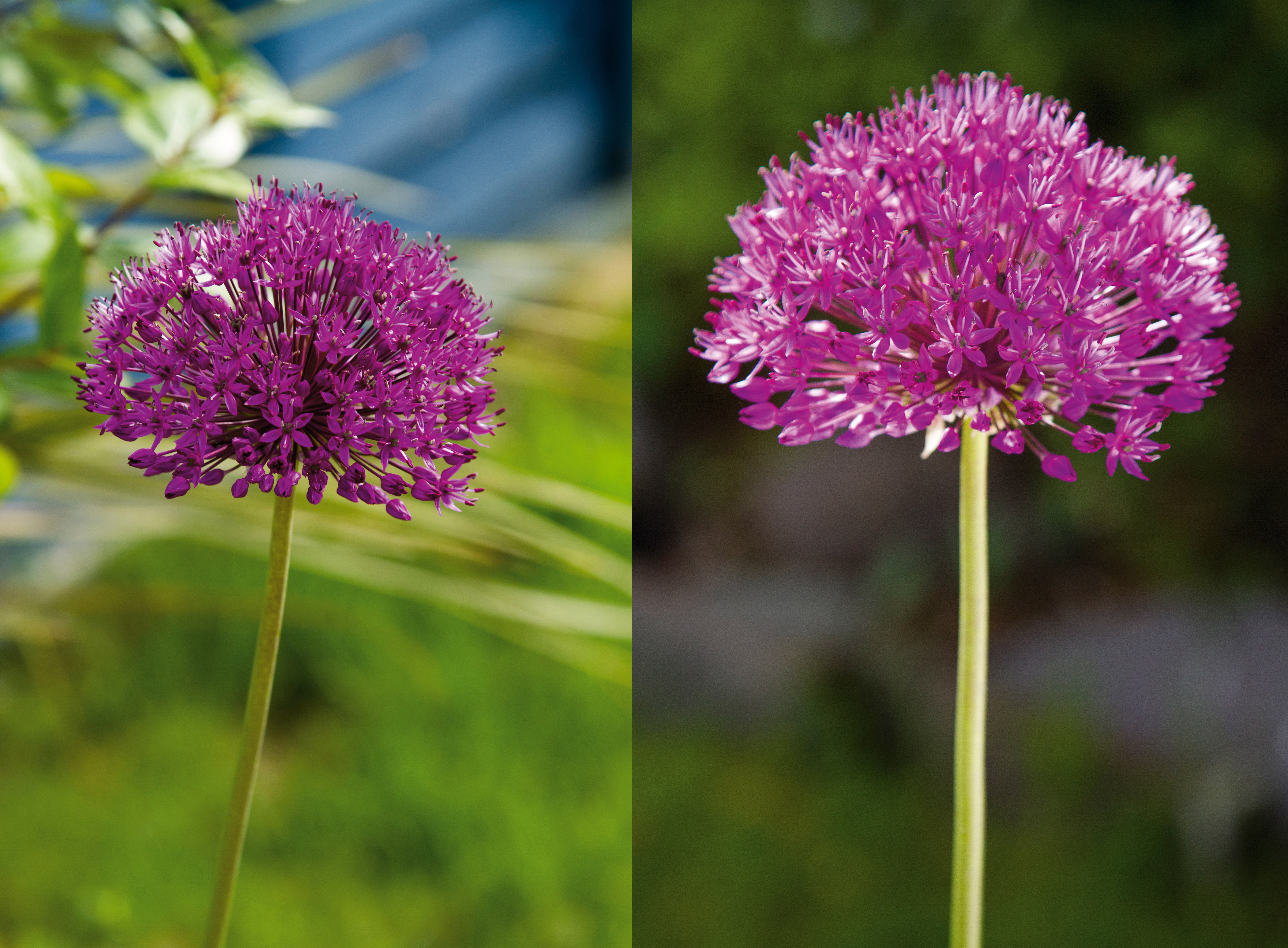
We headed into the garden before breakfast for some low and soft morning light. We shot into the light, though backlit shots are better for more interesting, artistic and evocative flower photos.
Find a colorful flower in full bloom to focus on – a single flower provides a clearer focal point – and position yourself so that the flower has a dark, clean background to provide contrast to its colors. We also used a reflector, to subtly fill the shadows.
Finally, compose your shot to suit your subject – for this tall-stemmed flower, a vertical composition worked best, but for a big sunflower head you may prefer to use a horizontal composition to fill the frame. Here's how to approach the shot step by step…
01 Go telephoto
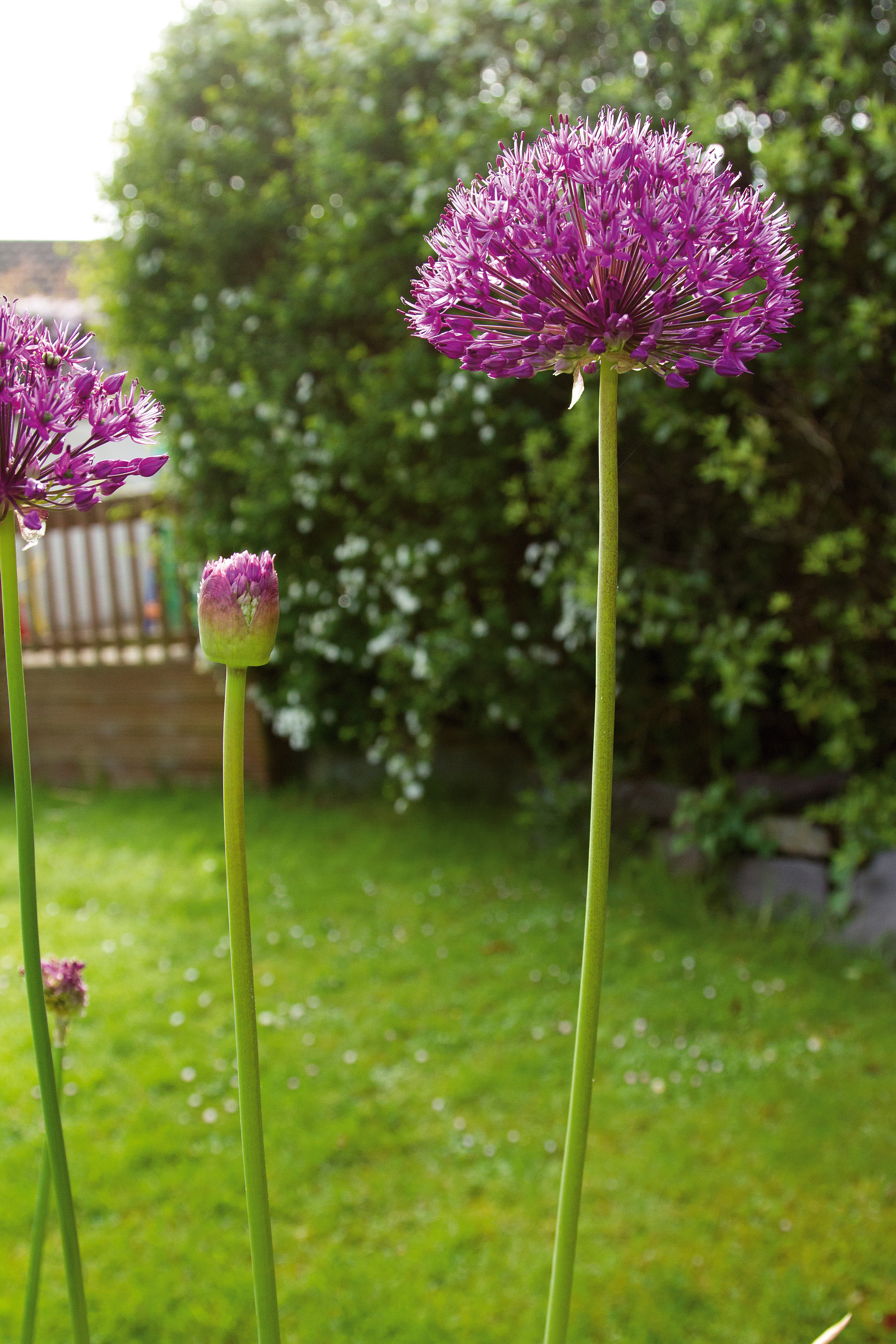
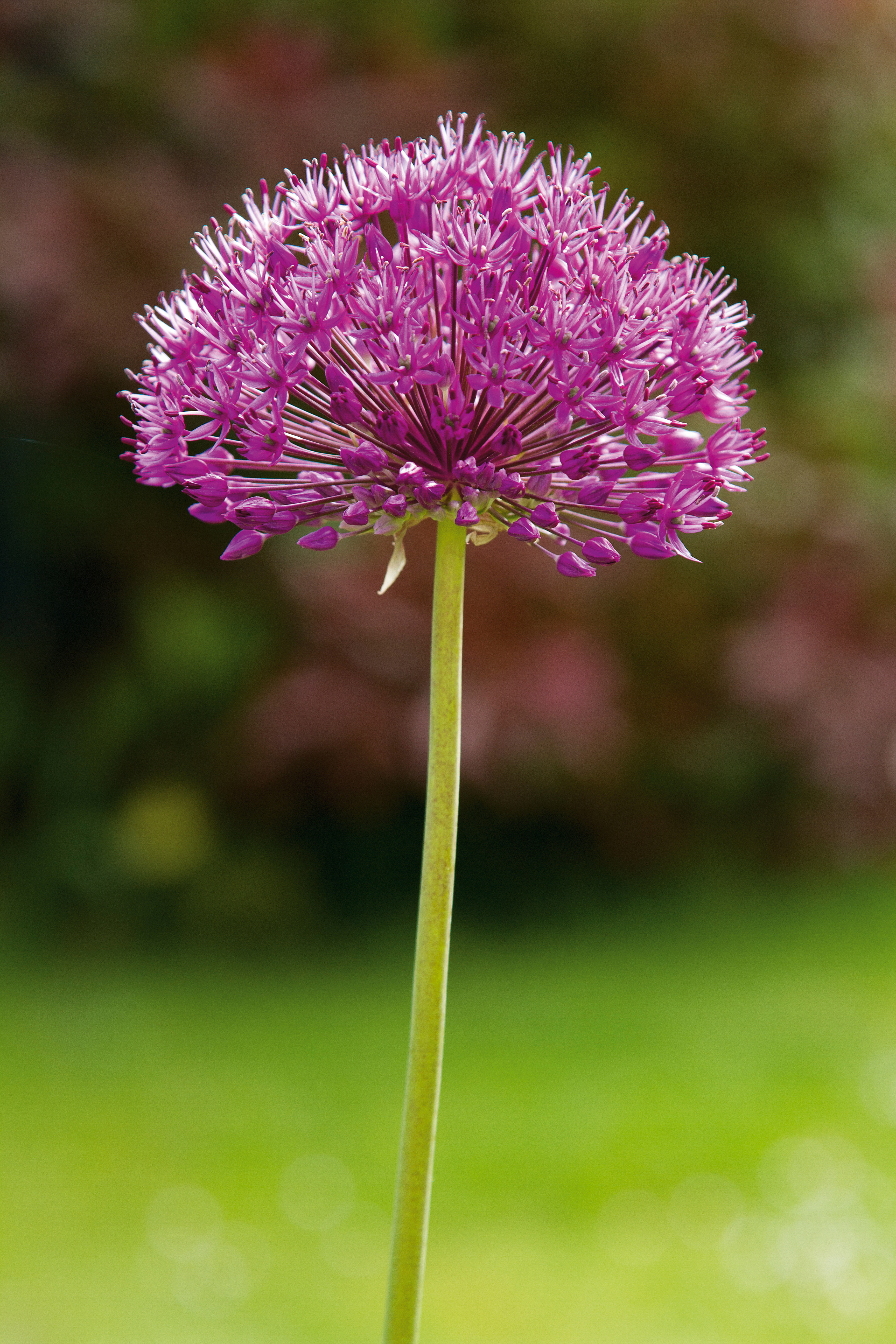
Avoid wide-angle focal lengths, as you’ll fill the frame with distracting background clutter; instead, zoom right in to isolate the plant and blur the background. If you're using a crop sensor system, like Micro Four Thirds or APS-C, the crop factor will come into its own as it multiplies your focal length.
02 Wide aperture
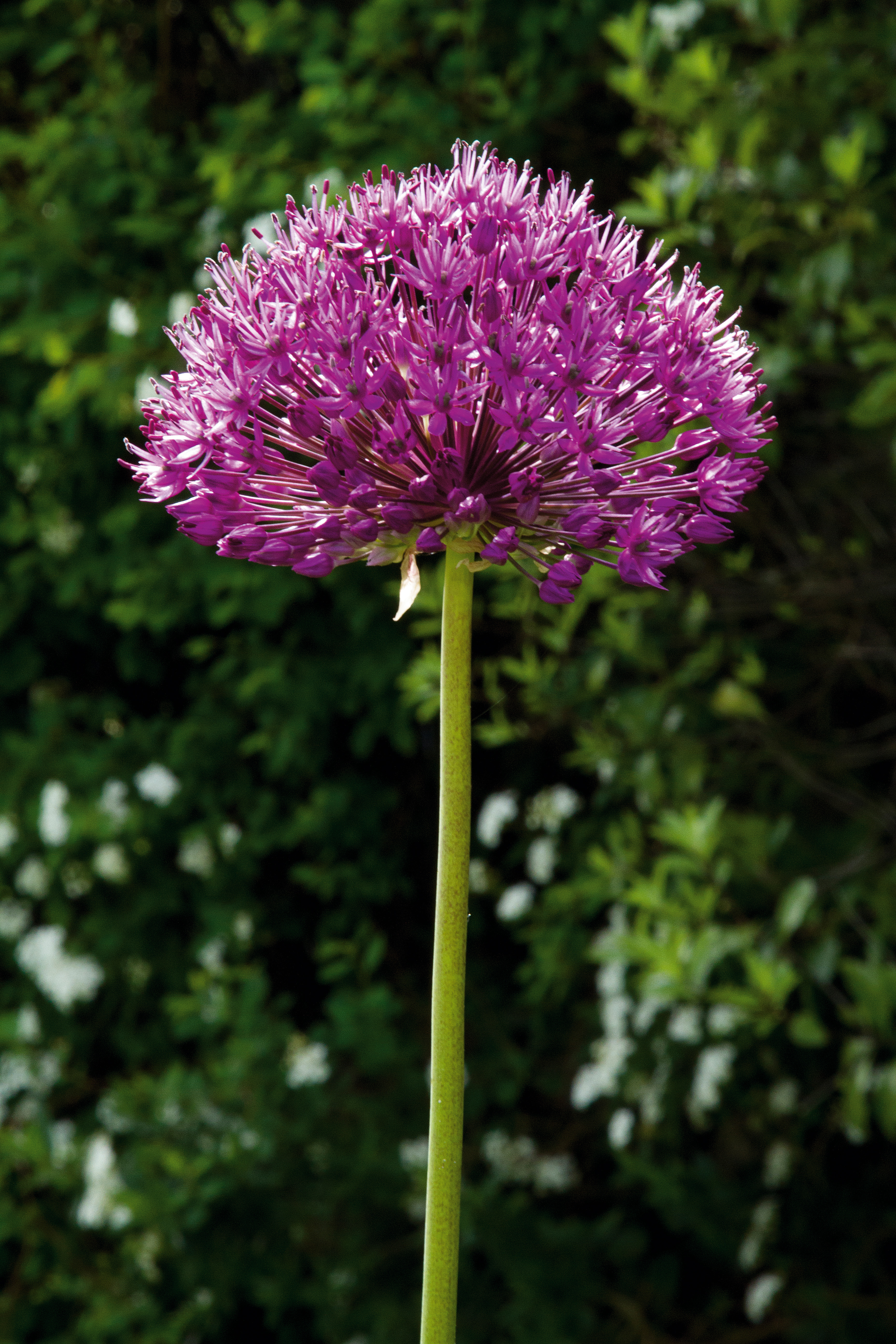
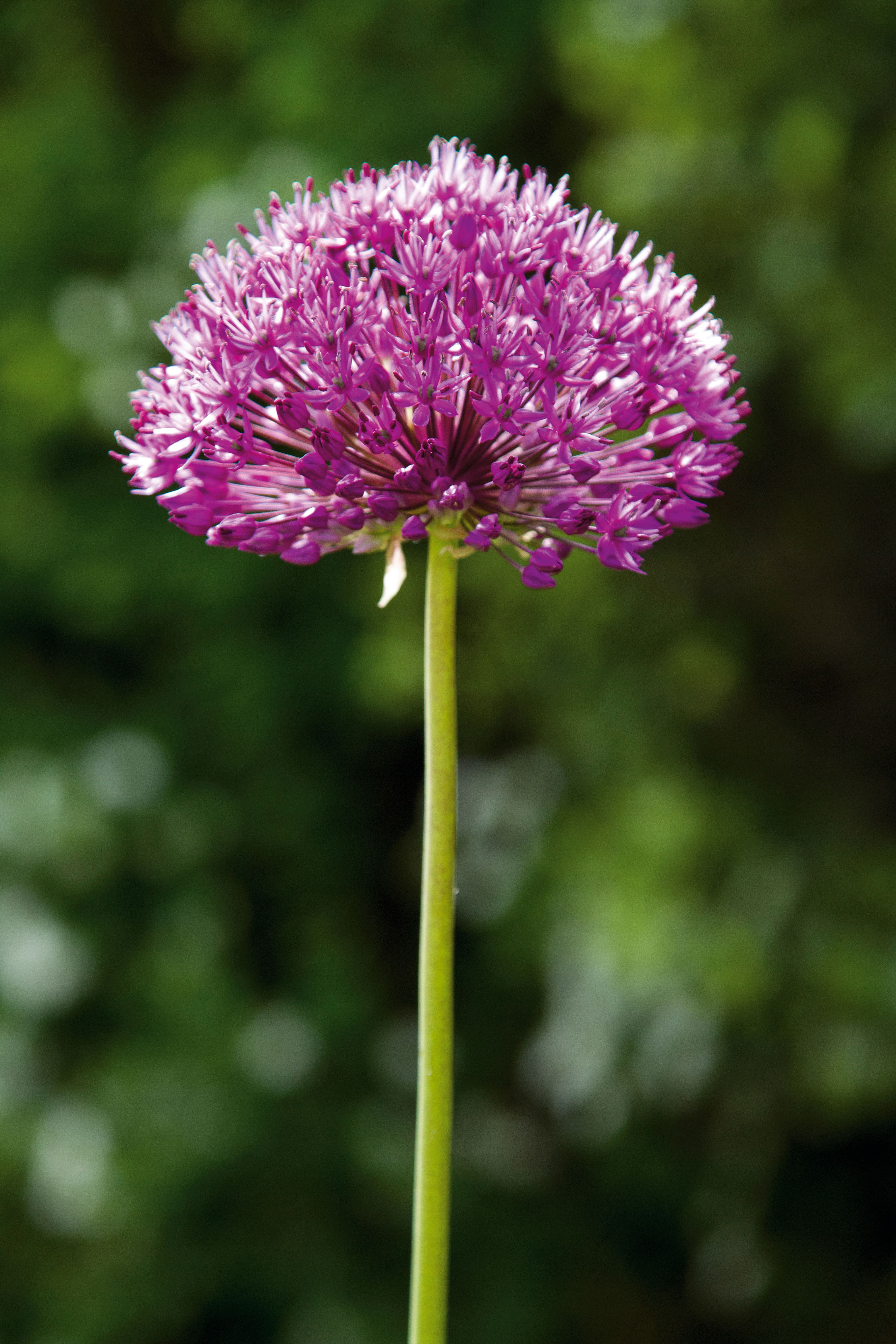
We shot in aperture priority at f/5.6, which produces a shallow depth of field but has enough of the image in focus so that the majority of the flower head is sharp. Combined with a longer focal length, this creates background blur so that your flowers stand proud from their surroundings.
03 Using tripods and Live View
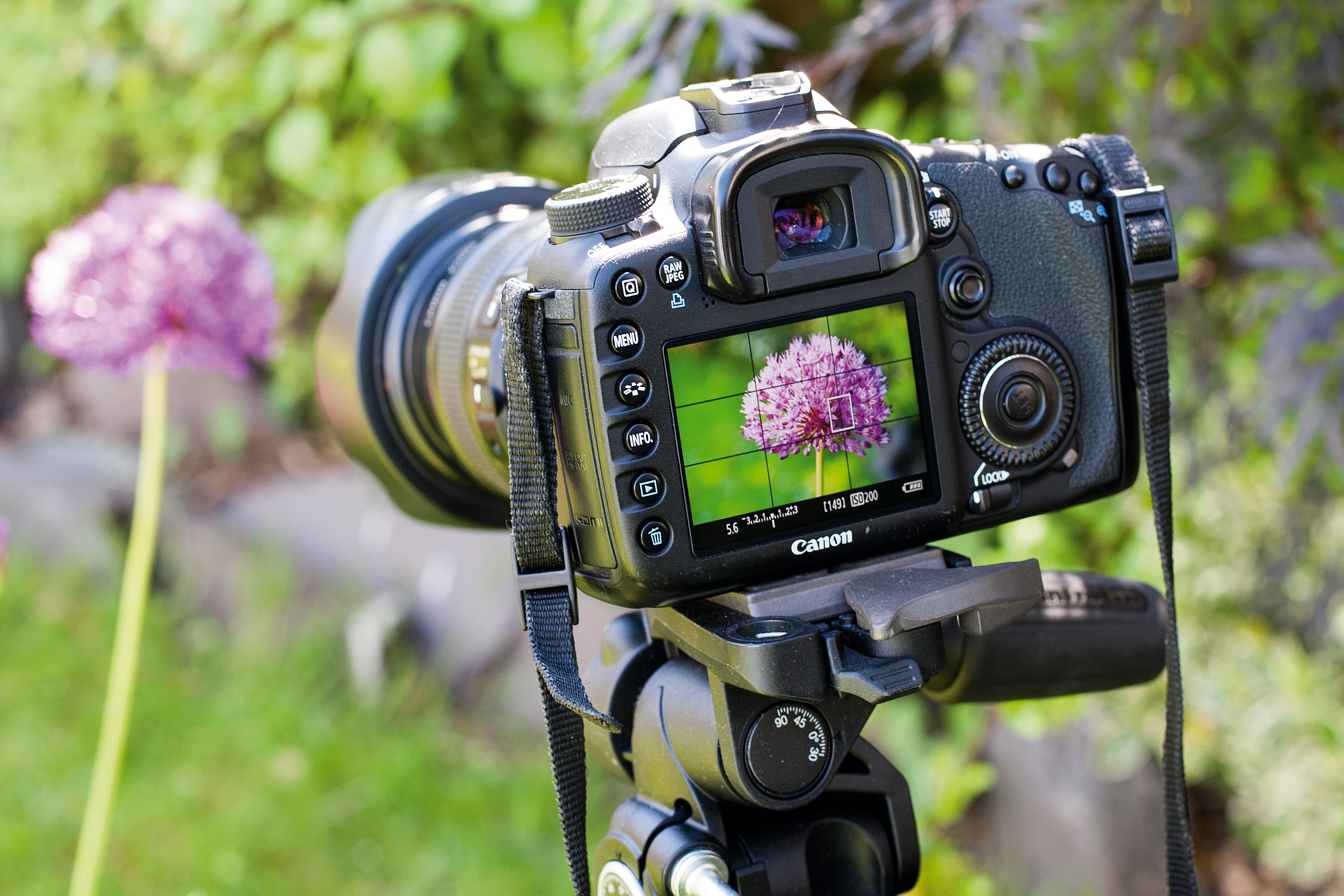
It’s good practice to use a tripod. For close-up flower shots it not only keeps your camera still for sharper images, it also helps you compose more accurately – especially when you’re using Live View, for the easiest and best focusing accuracy. Magnify the view to zoom in and make sure that you're sharp where you want to be!
04 Backlit is best
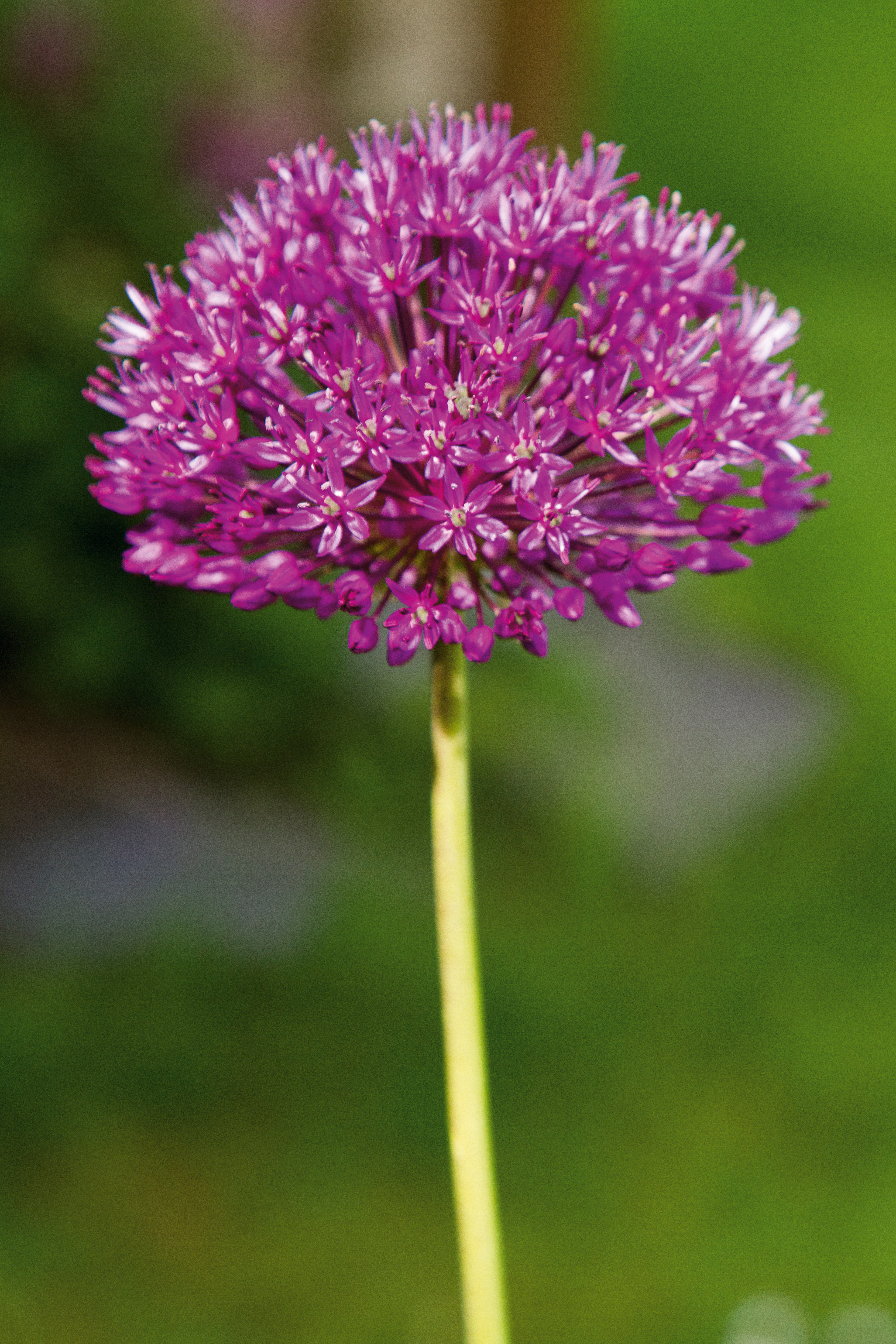
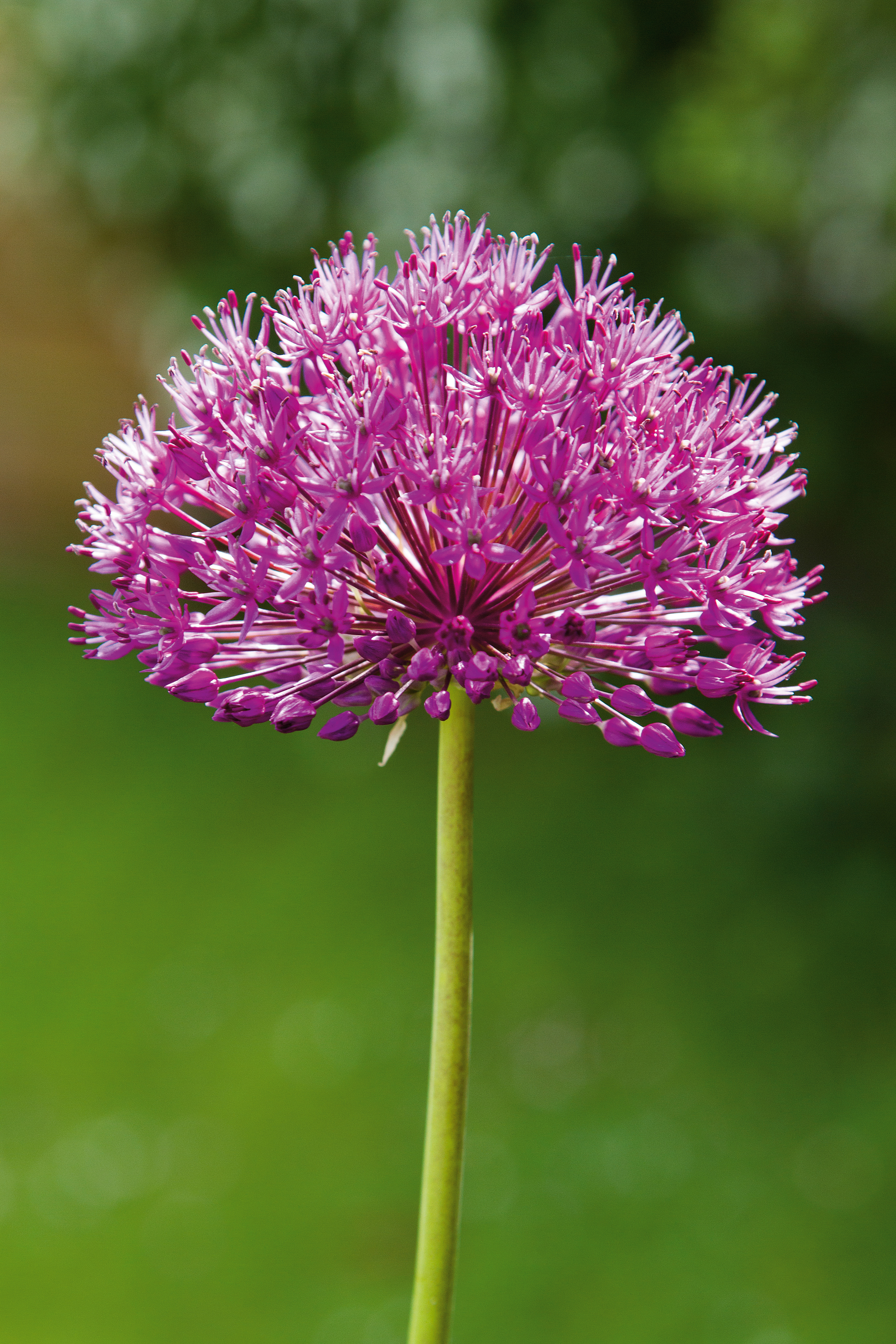
Shoot into the early morning sun to backlight the flower head and bring it to life, and use a lens hood to reduce lens flare. Alternatively you could try shooting with your back to the sun for a more traditional flower shot. Which do you prefer?

5 ways to improve your close-ups
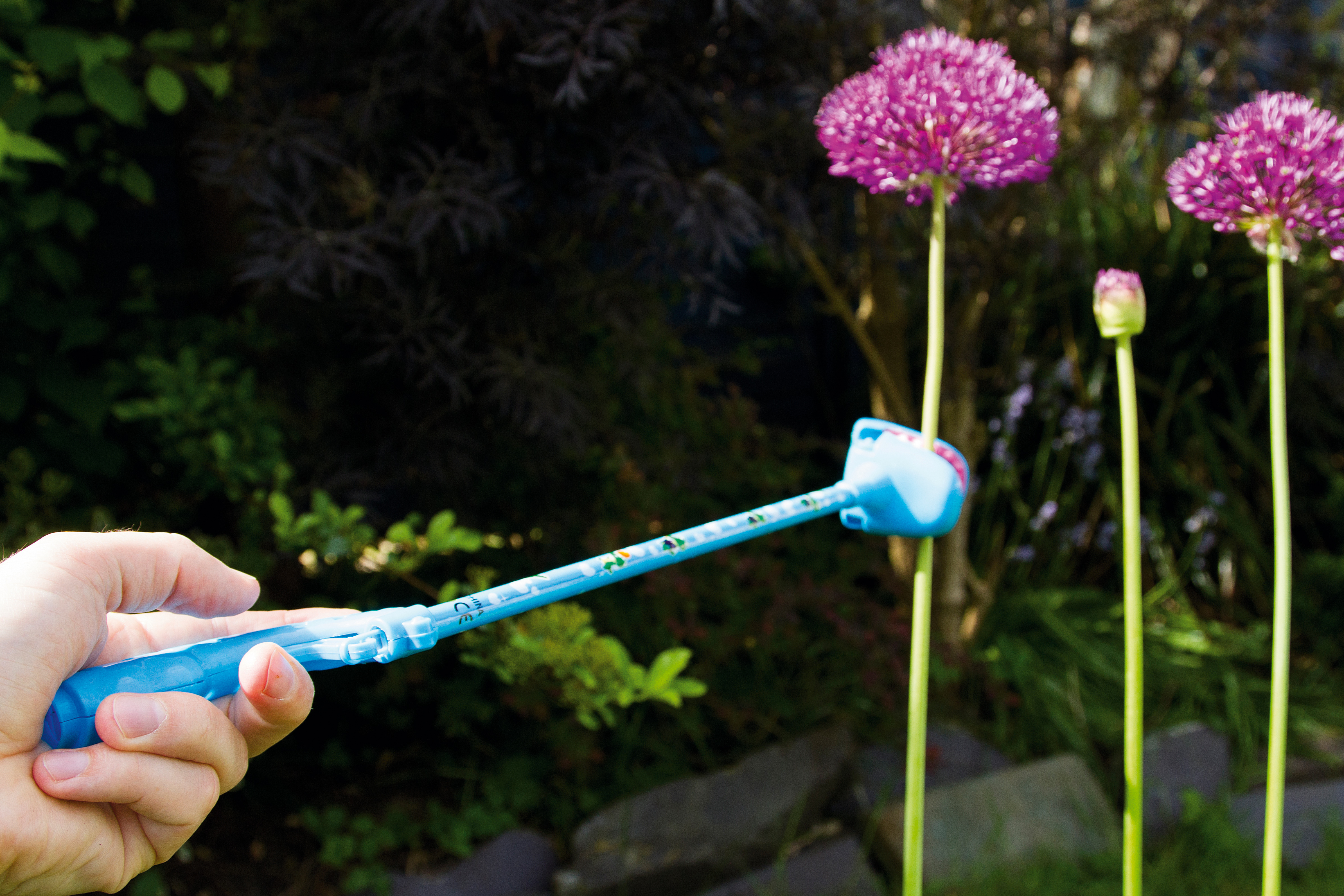
01 Beat the wind
Wind can ruin your close-up photos, as flowers being blown around in the breeze can result in unwanted blur. We used the children's toy dinosaur grabber, which held the flower still while we captured motion blur-free shots.

02 Use a reflector
Bounced light brightens up flowers! As the flower became lighter with reflected light, our exposure changed from 1/160 sec to 1/250 sec, resulting in a darker background to help it stand out even more.
• Photo hack: Make your own reflector with tin foil & cardboard!
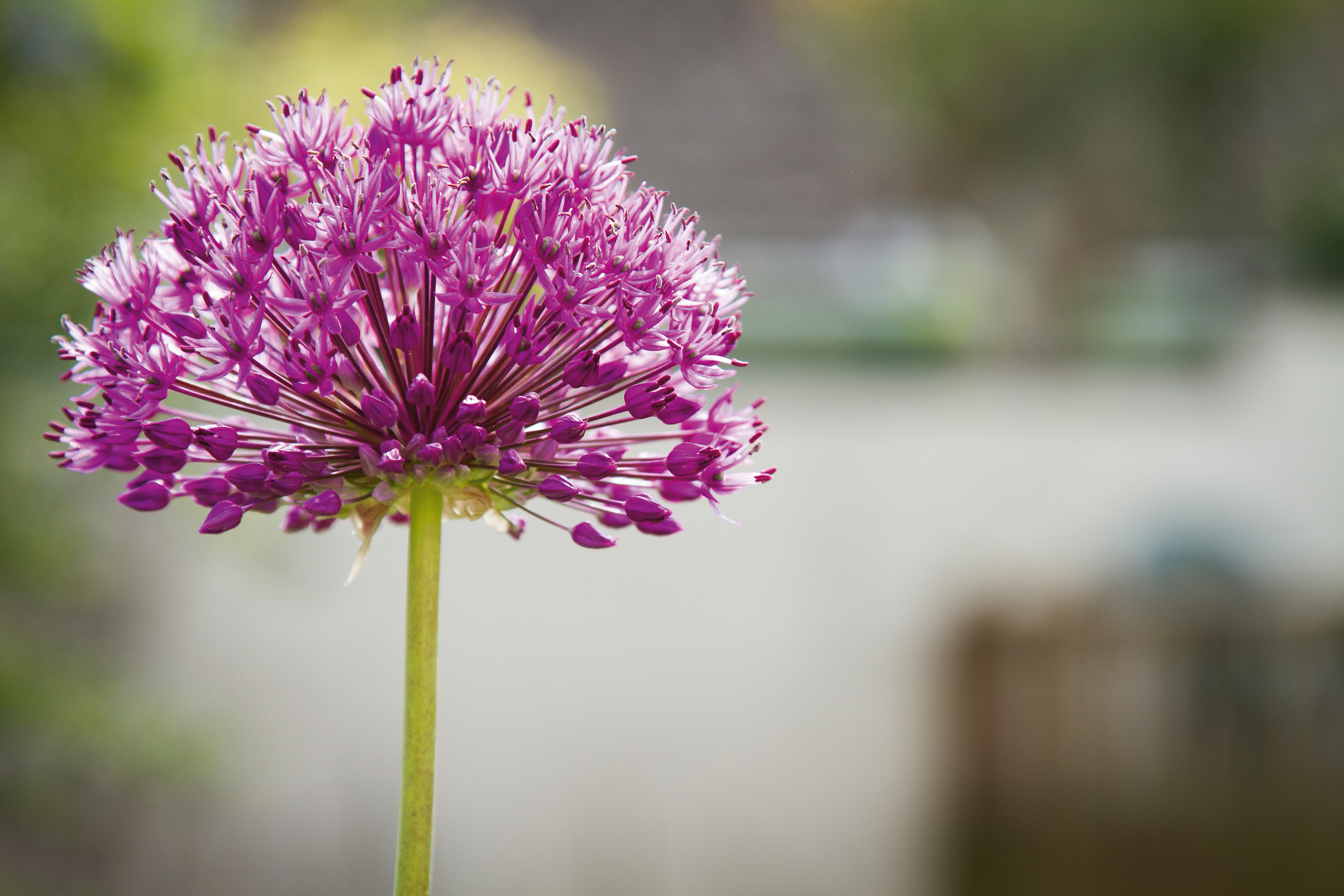
03 Clean backgrounds
The key to great close-up flower photos is to ensure that there’s a good distance between the subject and the backdrop, and to avoid messy distractions. Position yourself so that the background contrasts and complements.

04 Sharper shots
Narrow apertures not only create too much depth of field for close-ups, but result in slower shutter speeds – and potentially blurrier shots. Use a wider aperture and increase the ISO to 400 or 800 for faster shutter speeds.
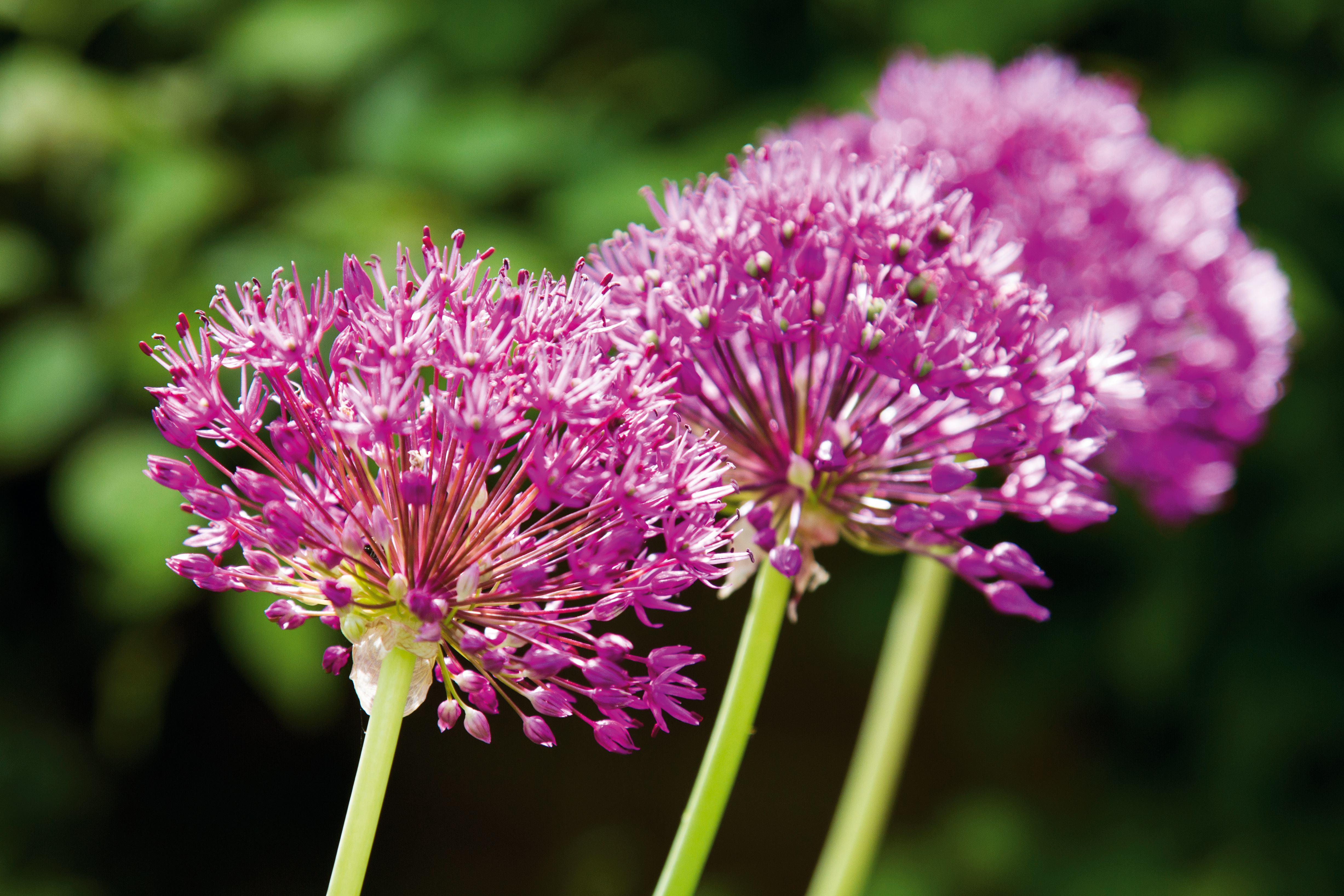
05 Three’s no crowd
Get creative with your focusing, using a shallow depth of field as your friend. And instead of a single bloom, try composing shots with three flowers – but not two. Odd numbers generally work better for a more balanced composition.
Read more:
Best telephoto lens in 2020: top zooms for your camera
The best reflectors for photography in 2020: control your lighting the easy way!
The best macro lenses in 2020: get closer to your subjects than ever before!
Get the Digital Camera World Newsletter
The best camera deals, reviews, product advice, and unmissable photography news, direct to your inbox!
The editor of PhotoPlus: The Canon Magazine, Peter 14 years of experience as both a journalist and professional photographer. He is a hands-on photographer with a passion and expertise for sharing his practical shooting skills. Equally adept at turning his hand to portraits, landscape, sports and wildlife, he has a fantastic knowledge of camera technique and principles. As you'd expect of the editor of a Canon publication, Peter is a devout Canon user and can often be found reeling off shots with his EOS 5D Mark IV DSLR.
